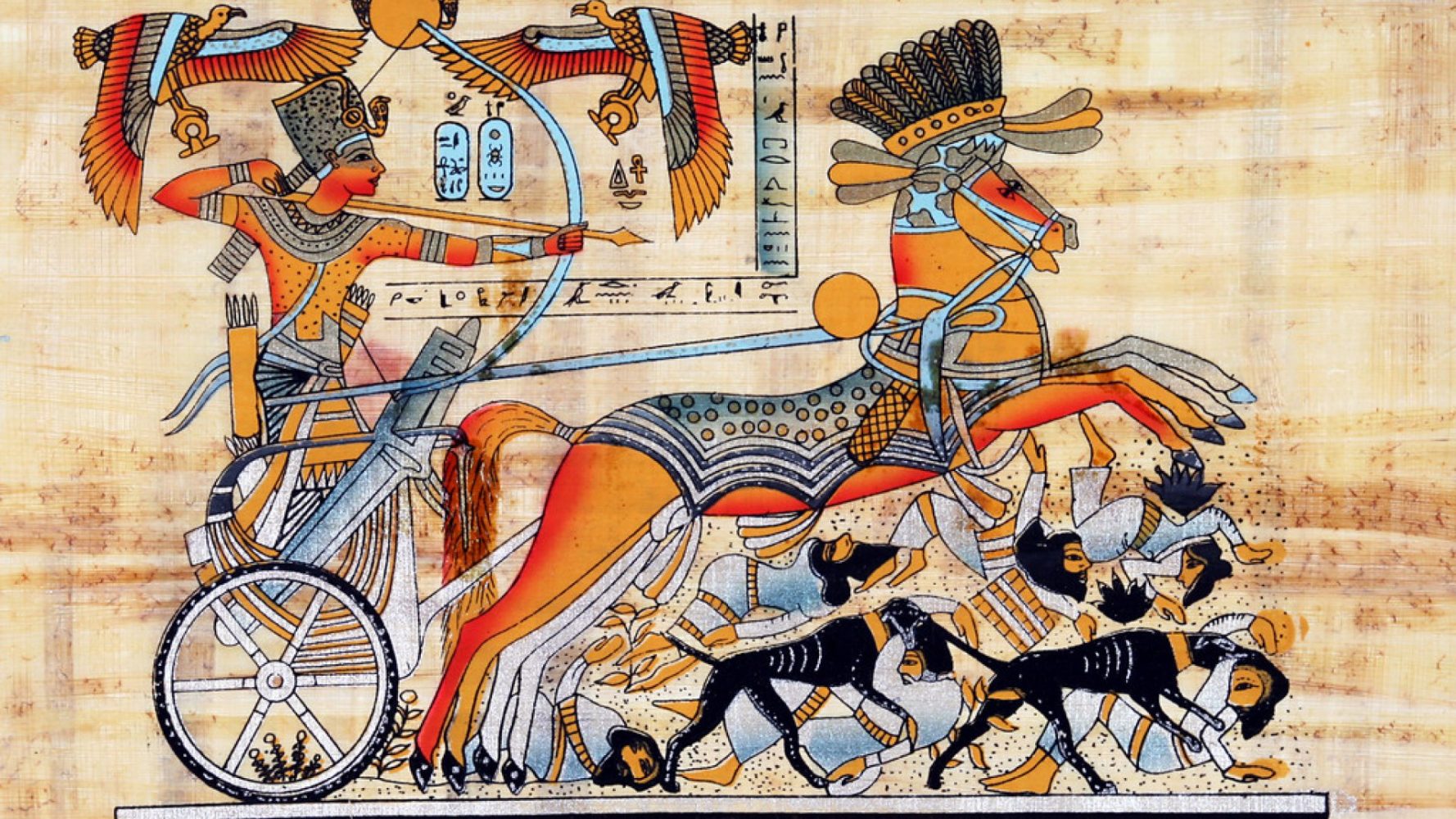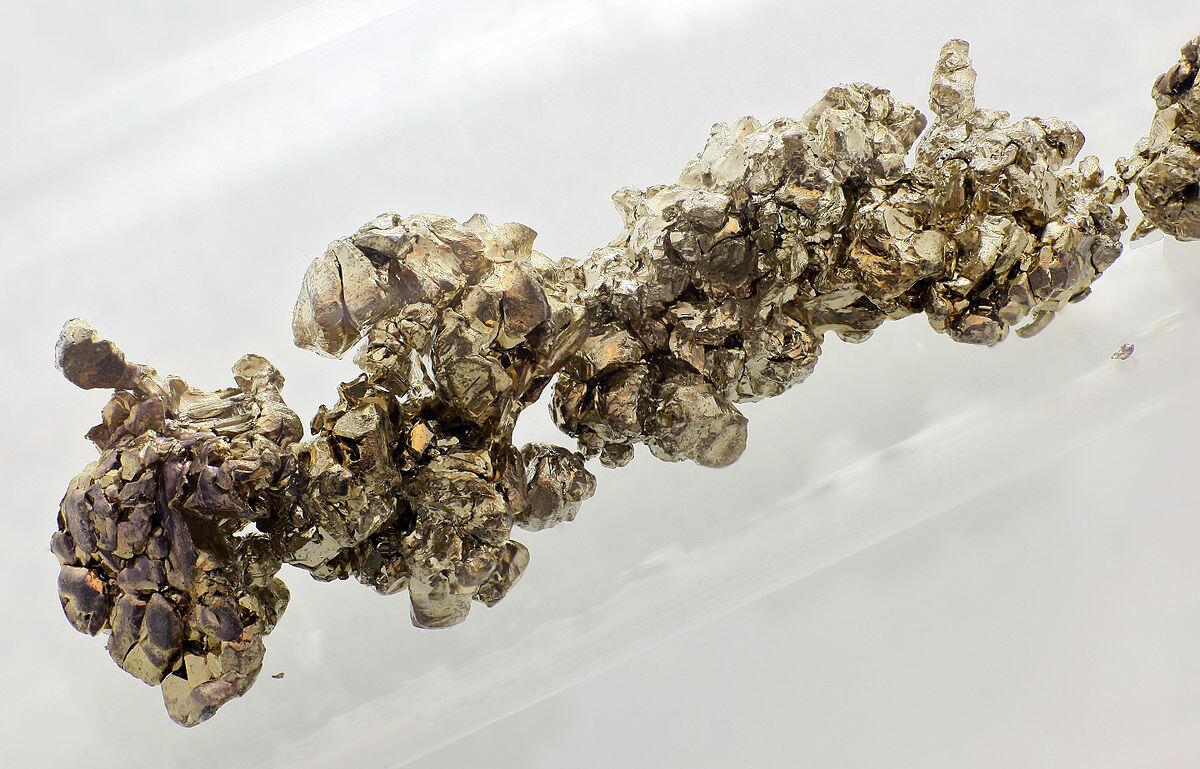
Strontium Isotopes Tell the Hyksos Story
back to contentsThe expert panel chaired by Kirill Komarov, Rosatom’s First Deputy CEO for Corporate Development and International Business, approved the action plan and members of the project working groups.
“Our project is carried out in the country committed to the UN Sustainable Development Goals, so adoption and expansion of sustainable practices play a key role in its success. In order to implement the sustainable development principles, we plan to develop and use a systemic approach to communications with all of our contractors and subcontractors, and establish a sustainable supply system. These practices will be rolled out at other nuclear construction sites later,” Grigory Sosnin, Vice President of Rosatom’s engineering division ASE and El Dabaa Project Director, said.
The work is already underway. Experts in sustainable supplies are analyzing requirements for Russian and foreign suppliers, while the sustainable communications team is identifying project stakeholder groups, specifics of communications with each of them, and sustainability reporting criteria for Egypt’s nuclear power plant.
The pilot sustainability project is part of Rosatom’s systemic approach to sustainable development. In July 2020, Rosatom approved a uniform sustainable development policy for the nuclear industry, a document that structures and harmonizes all activities in this field. Priority areas identified in the policy are six out of 17 UN SDGs, including Affordable and Clean Energy, Climate Action, and Responsible Production and Consumption.

Egypt’s commitment to the best international practices is backed by the instructions given by Egyptian President Abdel Fattah al-Sisi. He said at a meeting with the prime minister, other ministers and the Head of Egypt’s Nuclear Power Plants Authority that the nuclear construction project in the Matrouh Governorate should comply with the strictest international standards on nuclear safety. The president also stressed the importance of nuclear for the country. According to him, the nuclear power plant will help Egypt achieve its economic and social development goals.
The words of the president are backed by real investments. Rosatom tops the list of major investors in Arab countries, with total investments reaching USD30 billion. According to the investor list published by Arab Investment & Export Credit Guarantee Corporation, Rosatom has outperformed the Al-Futtaim Group (UAE), Total (France), Eni (Italy) and Gazprom (Russia). Besides, El Dabaa Nuclear Power Plant is on the national Investment Plan that includes 25 sustainable development projects worth a total of EGP 164 billion (USD10.26 billion). These projects are part of the investment plan for the 2020–2021 financial year.
Apart from improving Egypt’s energy security and economic outlook, nuclear also helps making discoveries in the history of Ancient Egypt.
Comparing ratios of strontium isotopes (87Sr/86Sr), a team of researchers led by Chris Stantis discovered that the Hyksos, a mysterious ethnic group that ruled Egypt in 1638–1530 B.C., were not invaders as previously thought. The scientists believe the Hyksos arrived in the city of Tell el-Daba, which later became their capital, from the Levant and took over the power in Egypt only several generations later.
Comparing ratios of strontium isotopes (87Sr/86Sr) in the teeth of humans who lived before and during the Hyksos rule shows a large inflow of non-locals in the pre-Hyksos period. “This is consistent with the supposition that, while the ruling class had Near Eastern origins, the Hyksos’ rise to power was not the result of an invasion, as popularly theorized, but an internal dominance and takeover of foreign elite,” according to a brief summary of the study published in Plos One.
The scientists note that the analysis of oxygen isotope (δ18O) ratios will help identify the origin of those non-locals more precisely. According to the researchers, this is the first time the Hyksos dynasty has been studied using isotope methods of archaeological chemistry.




